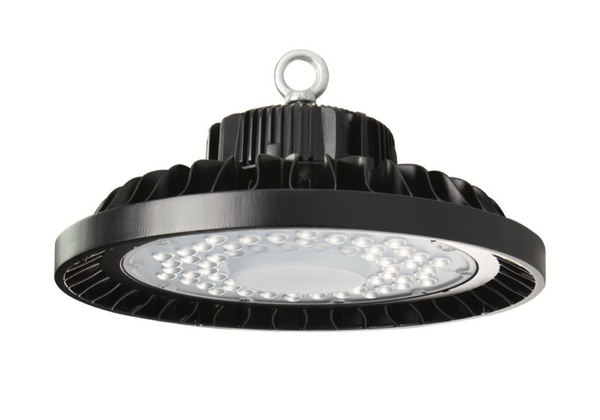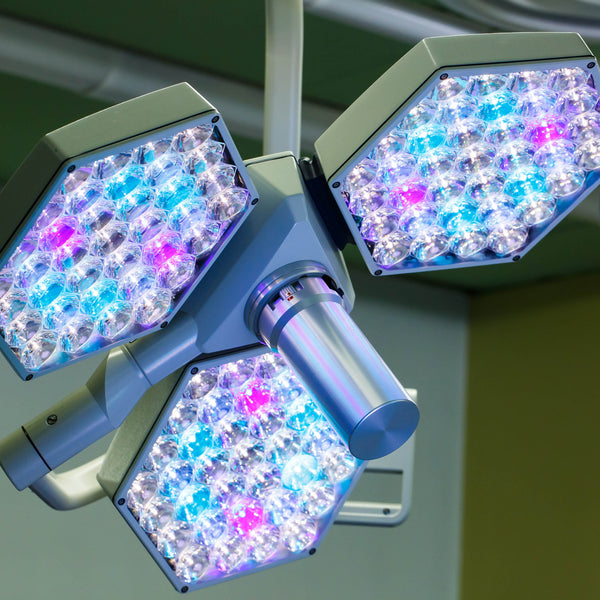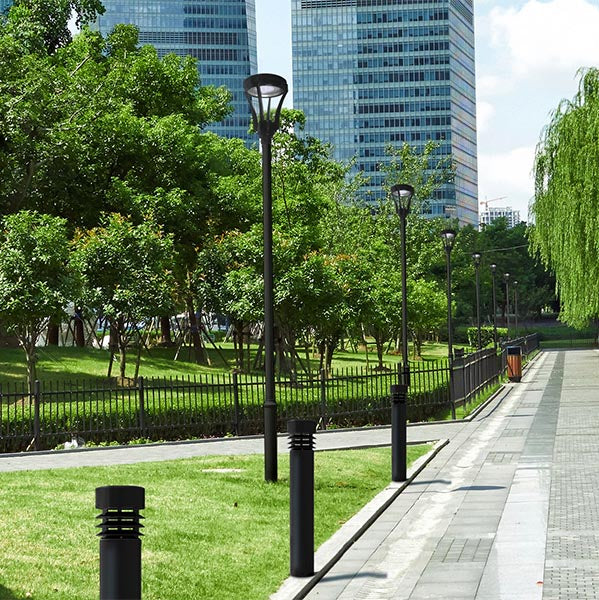Land Ho! The Evolution of Bollards

Even if you’re not of the nautical persuasion, you probably know that watercraft, whether they be cargo ships, cabin cruisers, or kayaks, require a reliable method of mooring to the mainland. To keep ropes in place and prevent currents from sending ships seaward unexpectedly, quasi-mushroom-shaped steel and cast-iron bollards have been employed for hundreds of years. Today, most bollards have migrated inland, where they are used to both boost safety and beautify their surroundings.
Many of us go about our daily business without even realizing the role that bollards play in protecting us. It only takes a second for a wayward vehicle to leave the roadway and enter a pedestrian area…with potentially deadly results. We do take notice when disaster is diverted by that short, heavy-duty post we’ve walked by a million times without a second thought.
Bollards today are most often used as an unassuming safety feature. A bollards presence creates a visual barrior which helps to direct and control traffic by defining space boundaries. This helps to provide a layer of protection between motor vehicles, people, and property. In the event that the visual boundary is crossed, various structural materials and levels of impact resistance come into play.

Fixed bollards are the most common type. They are permanently set into the ground, and either affixed to existing concrete or installed in new foundations. Removable and retractable bollards can be removed from the site or folded into ground-based receivers in order to permit temporary vehicle access. When safety is the main concern, bollards must be chosen for their impact-resistant qualities.
Site-specific factors such as soil conditions may play a role in determining how bollards are installed. In many cases, mounting hardware is sunk several feet into the ground in preparation for the bollard, and if greater impact-resistance is required, internal pipes are added for reinforcement. When site conditions do not allow for deep mounting, shallow mounts are possible. In this case, bollards must short and broad in order to distribute potential impacts over a wider area.
Bollards are often placed in locations such as the corners of buildings, next to public phones, and beside mailboxes to protect against accidental impact. When situated along roadways, they can prevent vehicles that overrun sidewalks from harming pedestrians. Bollards designed for safety reasons may be designed to fold, deflect impact, or break apart. Determining the proper type of bollard suited to a location can be done by carrying out a comprehensive safety assessment.
Some bollards are mainly intended to serve a decorative purpose which complements a site’s existing landscaping and architecture. In this case, an attractive design and finish are the main concern. It is important that a bollard’s finish be as ding and scratch resistant as possible. Iron, aluminum, and steel bollards can be provided with factory-applied powder coatings which add both strength and durability.
Bollards can often be fitted with accessories intended to enhance function and appearance. To make a stronger visual statement, bollards can be fitted with eyes and then joined together using decorative chains, creating a sort of visually-appealing “fence without a fence.” Other accessories may enable bike parking, provide a place for additional lighting, or create extra public seating.
Sometimes locations may already have security posts in place, but these can often be plain and unattractive. To address the problem, existing posts can be fitted with slip-on bollard covers that instantly create a new look. Designed with alternative mounting capabilities, bollard covers are an easy and affordable way to help these safety features blend in with existing architecture.
While most of us aren’t using bollards to keep our yacht rom going adrift without us, it is easy to appreciate the part they play in our ongoing safety and security. There’s little doubt that they will be with us for years to comes, providing not only an attractive sense of order, but also peace of mind.
article source: Reliance Foundry



